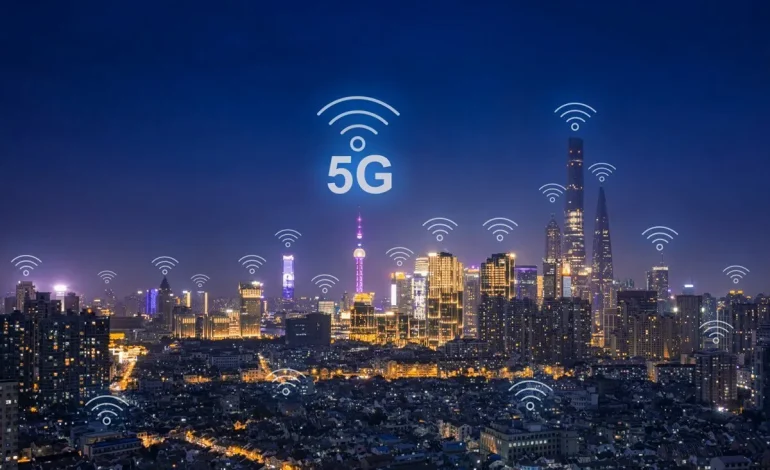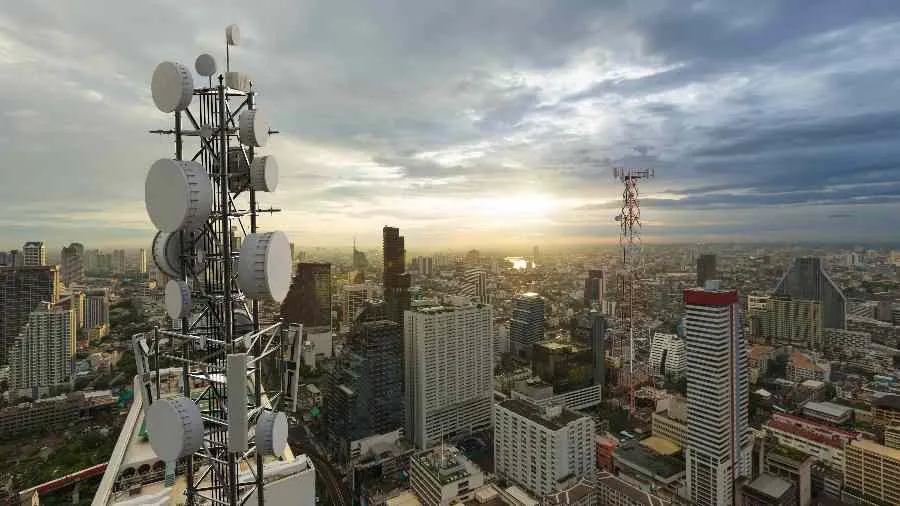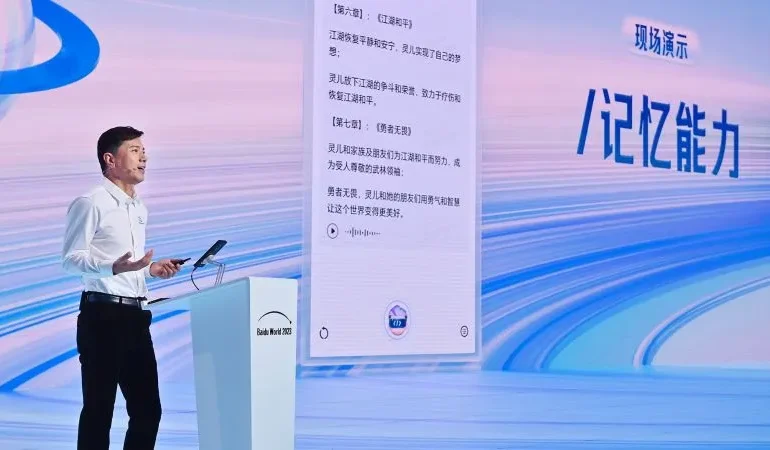Shenzhen’s 5G Innovation Zone Attracts 300 Foreign Firms

Introduction
Shenzhen’s 5G Innovation Zone has emerged as a global hub for next-generation telecommunications and industrial applications. In 2025, the zone attracted over 300 foreign firms, highlighting China’s leadership in 5G deployment, smart manufacturing, and digital infrastructure. The city’s strategic investment in network infrastructure, combined with policy incentives and technological partnerships, has positioned Shenzhen as a model for international collaboration in the 5G sector. This blog examines the factors driving foreign investment, technological developments within the zone, and implications for China’s broader digital economy.
Expansion of the 5G Innovation Zone
The Shenzhen government established the 5G Innovation Zone to accelerate commercial applications of 5G technologies, including smart factories, autonomous vehicles, AI-driven logistics, and IoT-enabled services. By offering high-speed, low-latency networks and dedicated testbeds, the zone provides a controlled environment for companies to experiment with and deploy advanced technologies.
Foreign investment in the zone has grown rapidly. Companies from Europe, the United States, Japan, and South Korea account for over 60 percent of new entrants, primarily in sectors such as telecommunications, industrial automation, and digital services. The presence of these firms enhances Shenzhen’s innovation ecosystem by fostering knowledge exchange, joint research initiatives, and technology transfer.
Technological Infrastructure
Shenzhen’s 5G Innovation Zone integrates state-of-the-art network infrastructure, including dense 5G base stations, edge computing nodes, and AI-powered network management systems. These facilities enable ultra-reliable, high-speed connectivity critical for industrial automation, remote monitoring, and smart city applications.
Edge computing within the zone reduces latency and ensures real-time data processing, allowing companies to test autonomous vehicles, robotics, and AI-driven logistics systems safely and efficiently. Cloud platforms integrated with 5G networks enable scalable deployment of enterprise solutions, supporting rapid prototyping and commercialization of innovative products.

Policy Incentives and Business Environment
The Shenzhen government offers a range of incentives to attract foreign firms to the 5G Innovation Zone. These include tax reductions, subsidies for research and development, access to specialized incubators, and expedited administrative procedures.
Policies also promote collaboration between domestic and foreign companies, enabling joint development of 5G applications in smart manufacturing, urban mobility, and healthcare. Local authorities facilitate partnerships with universities and research institutions, creating a talent pipeline that supports advanced technological projects.
Regulatory frameworks in the zone are designed to streamline testing, certification, and commercialization of 5G-enabled devices and applications. This reduces time-to-market for foreign companies and encourages investment in high-value technologies.
Economic and Innovation Impact
The influx of 300 foreign firms has strengthened Shenzhen’s role as a global innovation center. The zone has generated thousands of high-skilled jobs, increased intellectual property output, and stimulated demand for specialized services such as AI software development, network security, and 5G hardware manufacturing.
Foreign participation has also fostered cross-border knowledge exchange. International firms contribute technical expertise, best practices, and global market insights, which enhance the competitiveness of local startups and domestic technology companies. These interactions promote innovation clusters where ideas and technologies converge to produce scalable solutions for industrial and consumer markets.
Sectoral Applications
Smart manufacturing is a primary focus in Shenzhen’s 5G Innovation Zone. Factories equipped with 5G-enabled robots, AI quality control systems, and automated logistics have improved efficiency, reduced operational costs, and accelerated production cycles.
The zone also supports autonomous vehicles and drone logistics projects, leveraging 5G connectivity for real-time navigation, safety monitoring, and coordination. Healthcare applications include remote diagnostics, telemedicine, and AI-assisted patient monitoring. Each of these sectors benefits from ultra-low latency, high reliability, and scalable infrastructure provided by the zone’s 5G networks.
Challenges and Considerations
While Shenzhen’s 5G Innovation Zone presents numerous opportunities, challenges exist. Integrating foreign firms into domestic regulatory frameworks requires careful coordination to ensure compliance with cybersecurity, data privacy, and technology transfer regulations.
Infrastructure demands are high; the deployment and maintenance of dense 5G networks, edge computing nodes, and AI-integrated systems require continuous investment. Additionally, competition for skilled talent is intense, necessitating comprehensive training programs and incentives to attract engineers, AI specialists, and network experts.
Geopolitical considerations also influence foreign investment. Companies must navigate international trade policies, export controls, and technology restrictions that could affect participation in sensitive sectors such as telecommunications and AI.
Strategic Implications
The success of Shenzhen’s 5G Innovation Zone demonstrates China’s ability to attract foreign firms through targeted policies, advanced infrastructure, and collaborative ecosystems. By combining 5G technology with industrial applications, the zone not only drives domestic innovation but also positions China as a global leader in telecommunications and digital transformation.
For foreign investors, the zone provides a unique opportunity to access China’s extensive industrial base, collaborate with leading domestic firms, and participate in cutting-edge R&D initiatives. The concentration of expertise, technology, and infrastructure fosters an environment conducive to breakthrough innovations and long-term commercial success.
Conclusion
Shenzhen’s 5G Innovation Zone, now hosting over 300 foreign firms, highlights the strategic interplay of technology, policy, and international collaboration. By providing advanced 5G infrastructure, policy incentives, and collaborative ecosystems, the zone accelerates innovation in smart manufacturing, autonomous vehicles, and AI-enabled services.
Challenges such as regulatory integration, infrastructure investment, and talent competition remain, but the zone’s achievements demonstrate a sustainable model for global tech hubs. Shenzhen exemplifies how a well-planned innovation ecosystem can attract foreign investment, foster knowledge exchange, and position a city at the forefront of technological leadership in the 5G era.






